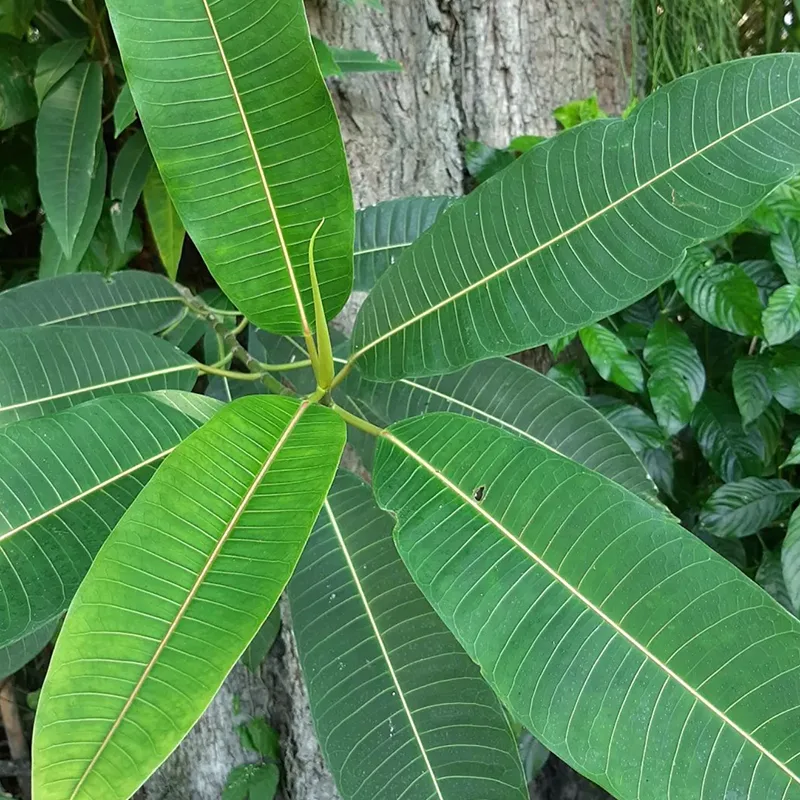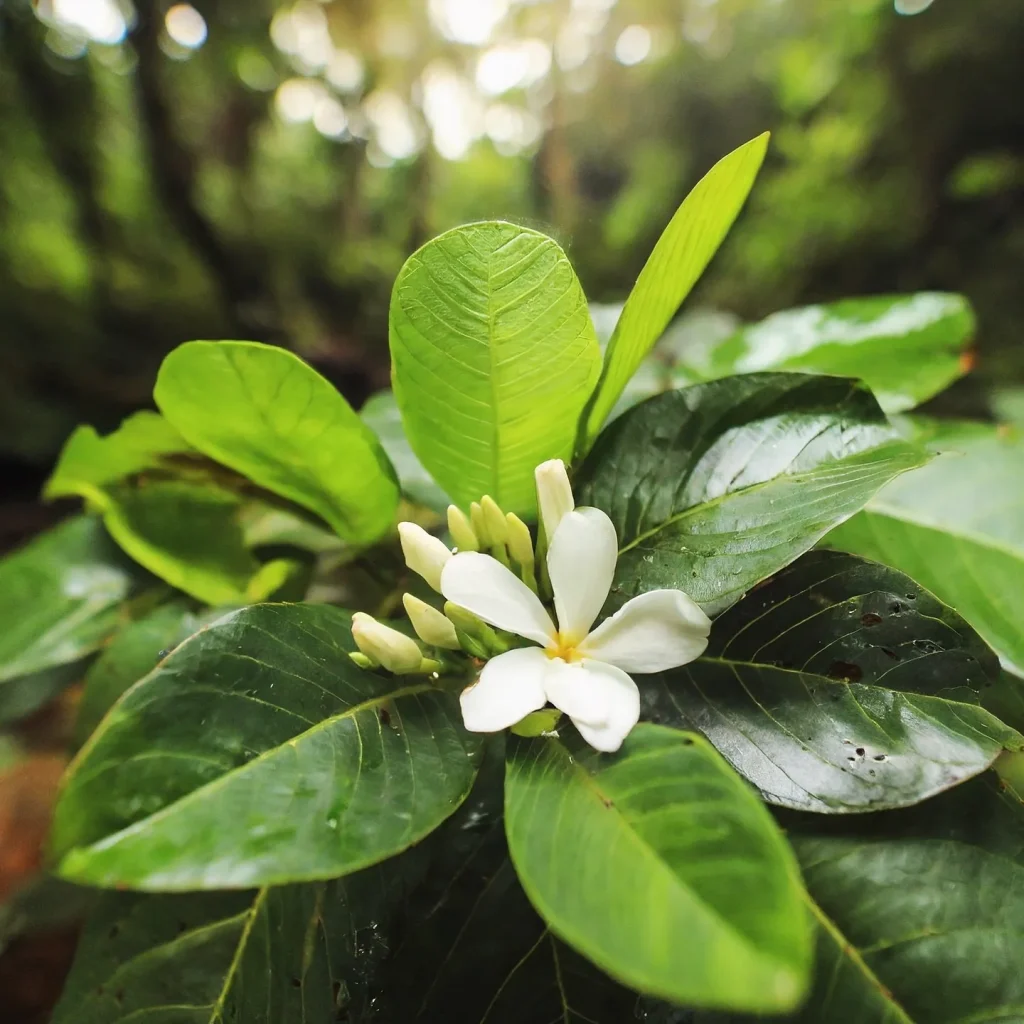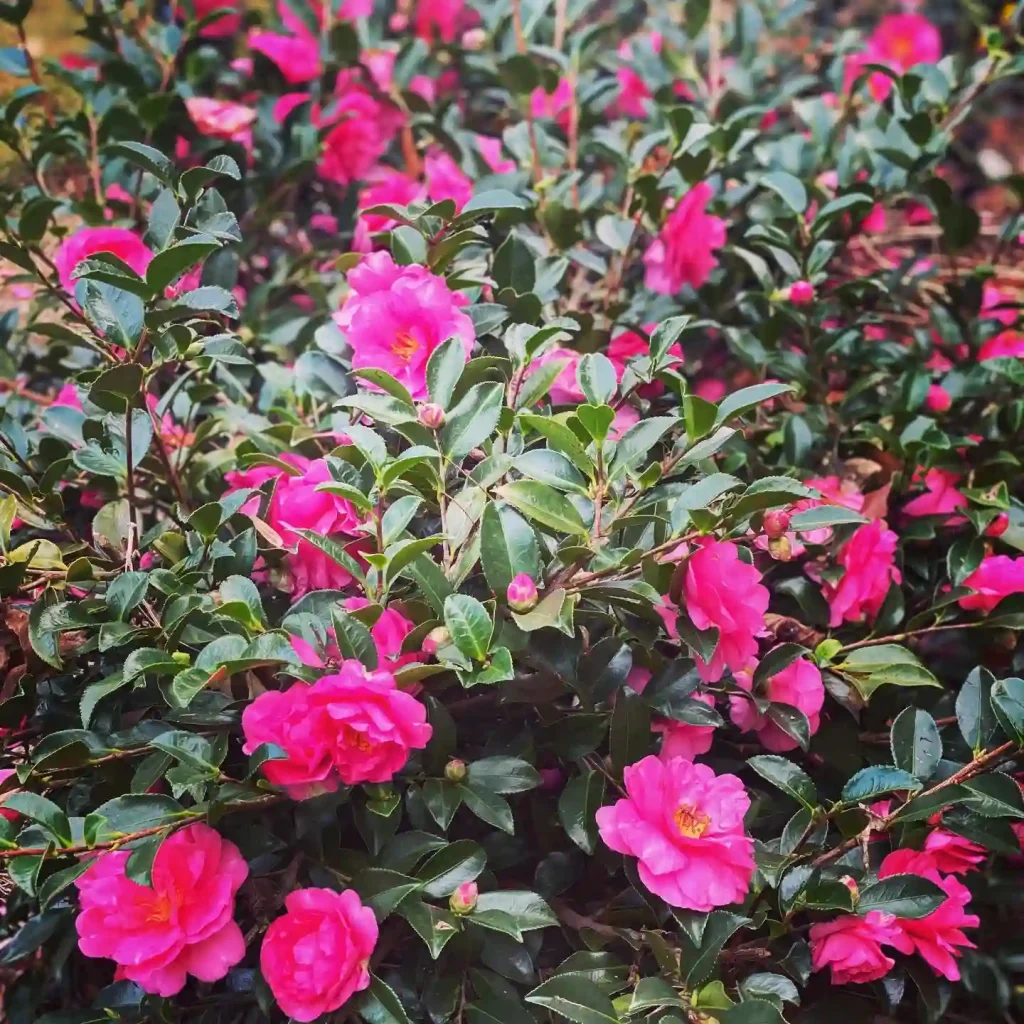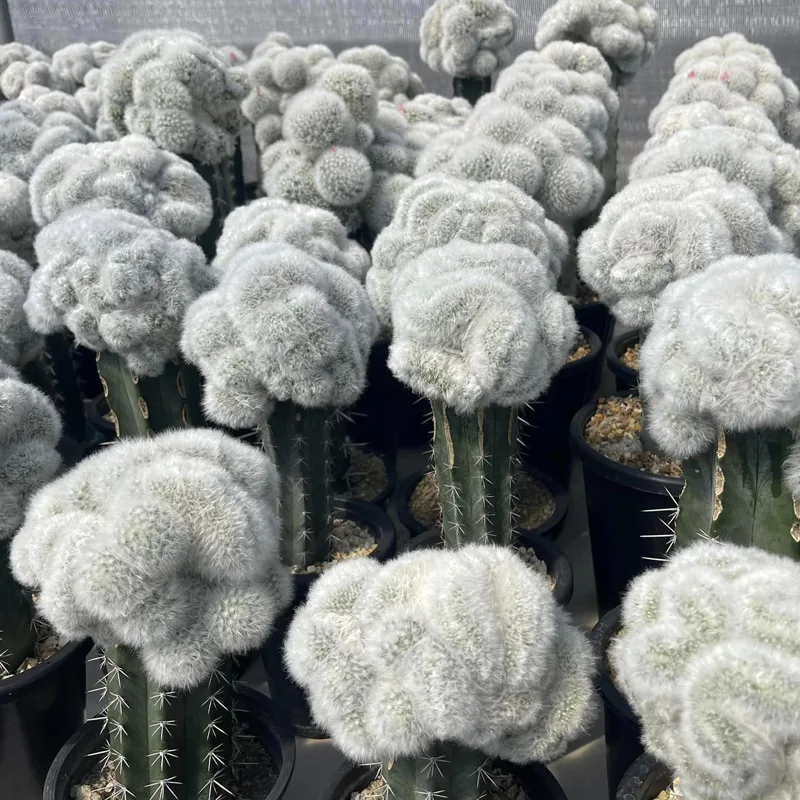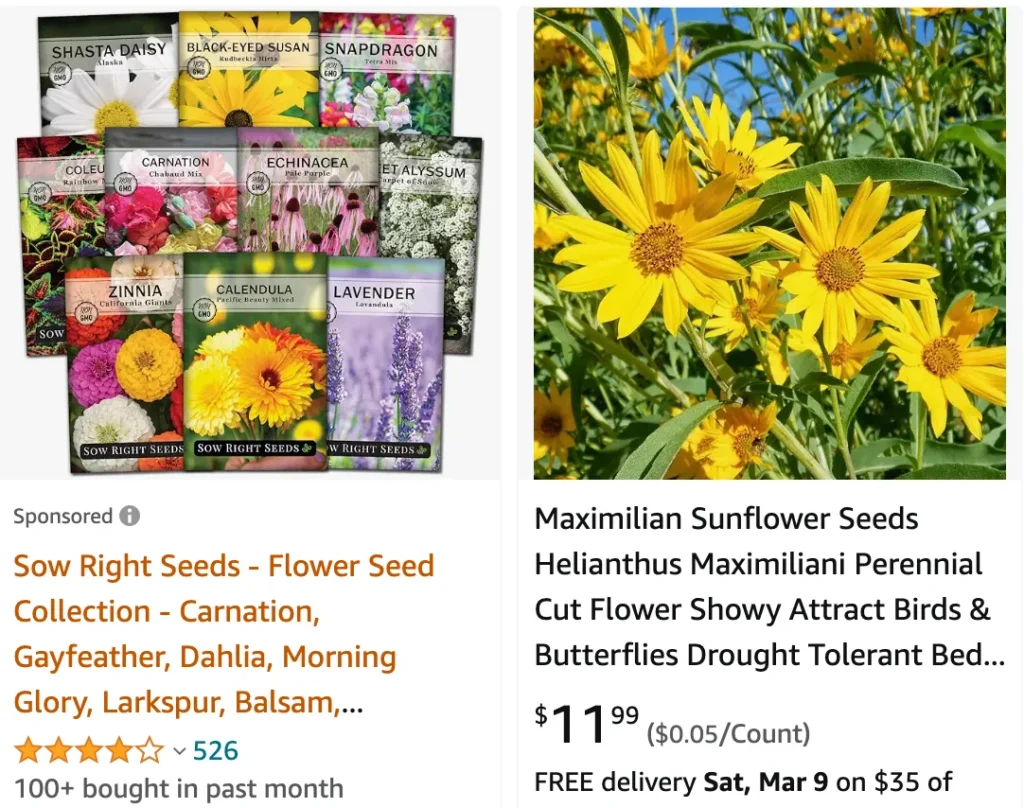
Helianthus Maximiliani: A Gardener’s Guide to the Maximilian Sunflower
For years, my garden has been a riot of color, a canvas splashed with vibrant blooms throughout the seasons. But there’s a special place in my heart for the late summer showstopper, the Maximilian Sunflower (Helianthus maximiliani). These aren’t your average, head-turning giants. Maximilian Sunflowers offer a more delicate charm, with smaller, numerous blooms that drench the garden in a golden haze.
They’re also surprisingly low-maintenance, a quality I deeply appreciate. If you’re looking for a late-blooming perennial that attracts pollinators and adds a touch of prairie elegance to your garden, then the Maximilian Sunflower might be your perfect match.
66 Species in Genus Helianthus
What is Helianthus Maximiliani?
Helianthus maximiliani, also known as the Prairie Sunflower, is a native North American wildflower. Unlike its towering cousin, the common sunflower, Maximilian Sunflowers boast a more restrained height, typically reaching 3-10 feet. Their true beauty lies in the abundance of smaller, 3-inch blooms that blanket the plant in a sunny display from early September to mid-October.
These perennials are not only visually captivating, but they’re also a magnet for pollinators. Butterflies, bees, and even finches flock to their golden flowers, making them a fantastic addition to any pollinator-friendly garden.
How to Grow Helianthus Maximiliani?
The good news is that Maximilian Sunflowers are a breeze to grow. Here’s what you need to know:
Planting:
Maximilian Sunflowers thrive in full sun, so pick a location in your garden that receives at least 6-8 hours of direct sunlight daily. When it comes to soil, they’re not fussy. Average, well-drained soil, whether dry or moist, is perfectly suitable.
There are two main ways to grow Maximilian Sunflowers: from seeds or by division.
- Seeding: Seeds benefit from a cold stratification period. You can either sow them directly in the garden in late fall, allowing them to overwinter naturally, or start them indoors 5-6 weeks before the last frost. For indoor sowing, use a sterile potting mix and keep the seeds moist but not soggy. Once seedlings reach 2 inches tall, transplant them outdoors to their permanent location, spacing them about 1 foot apart.
- Division: Established Maximilian Sunflowers can be divided in spring or fall. Carefully dig up the clump and use a sharp spade to separate the roots into smaller sections. Replant the divisions in prepared soil, water well, and keep them moist until established.
How to Care for Helianthus Maximiliani?
Once established, Maximilian Sunflowers are remarkably low-maintenance. Here are some basic care tips:
- Watering: These are fairly drought-tolerant plants, but they’ll appreciate occasional watering, especially during prolonged dry spells.
- Feeding: Feeding is not necessary, but if your soil is particularly poor, you can apply a light dose of balanced fertilizer in early spring.
- Deadheading: Deadheading spent blooms encourages continued flowering. Simply snip off the faded flower heads with clean shears.
What to Plant With Helianthus Maximiliani?
Maximilian Sunflowers pair beautifully with other late-blooming perennials like Joe-Pye Weed (Eupatorium purpureum), Blazing Star (Liatris spicata), and Goldenrod (Solidago spp.). These combinations create a stunning display of late-season color and provide a continuous feast for pollinators.
Additional Tips
- Support: Taller Maximilian Sunflowers might benefit from staking, especially in windy locations.
- Pests and Diseases: These plants are generally pest and disease resistant.
- Winter Care: Maximilian Sunflowers are hardy down to USDA zone 3. Simply leave the spent flower stalks standing through the winter. They provide winter interest and beneficial habitat for overwintering insects. You can cut them back in late winter or early spring before new growth emerges.
With their easy-going nature and late-season charm, Maximilian Sunflowers are a welcome addition to any garden. So, why not give them a try? You might just find yourself captivated by their golden magic.
If i die, water my plants!
